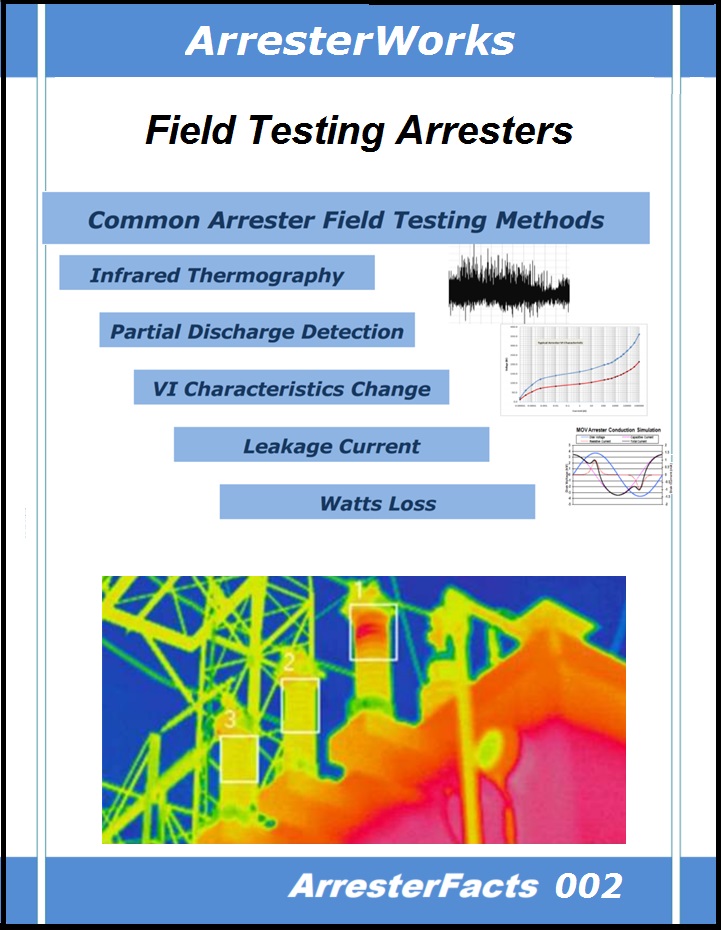
ArresterFacts 002 Field Testing Arresters
Review of the best known methods and offers comments on pros and cons of each.
|
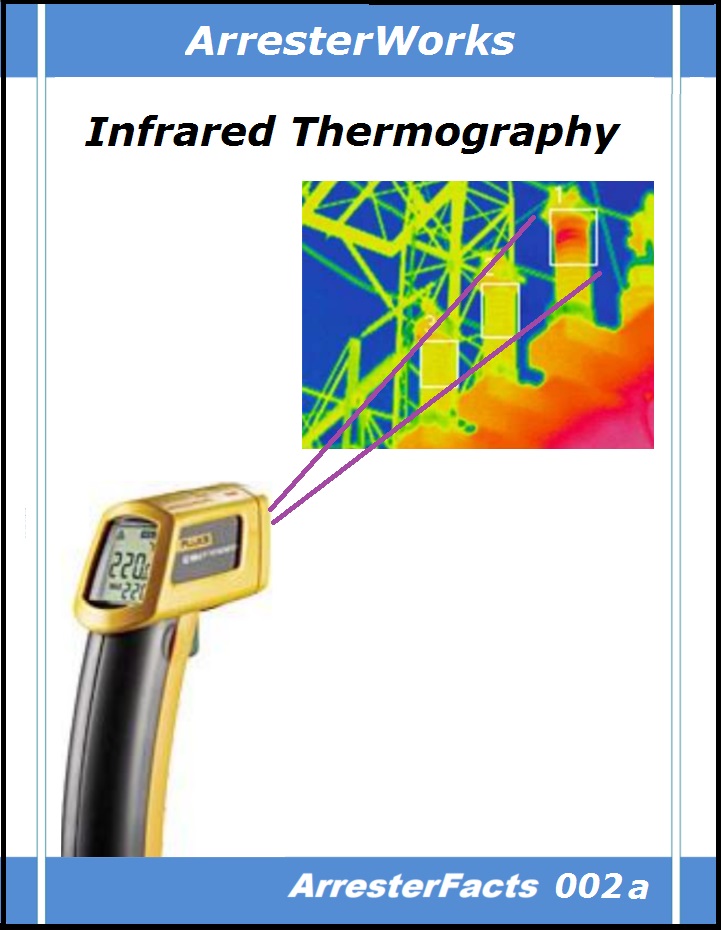
ArresterFacts 002a Quick Take Infrared Thermometer
The most popular method of assessing the health of an arrester is by its external temperature.
|
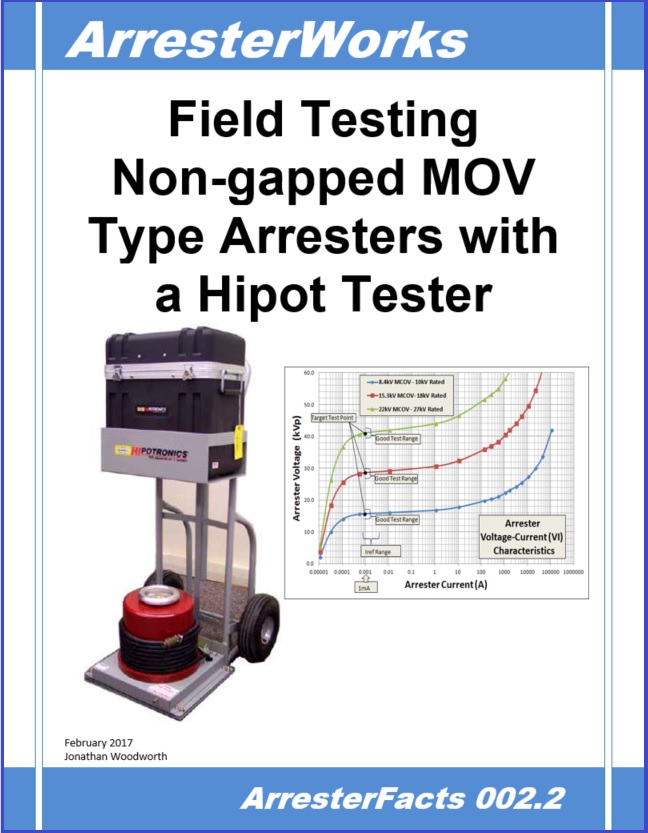
ArresterFacts 002.2 Field Testing Arresters with a Hipot Tester
Using an AC Hipot or DC Hipot (both also known as a Dielectric Tester) to determine the health of an arrester in the field.
|
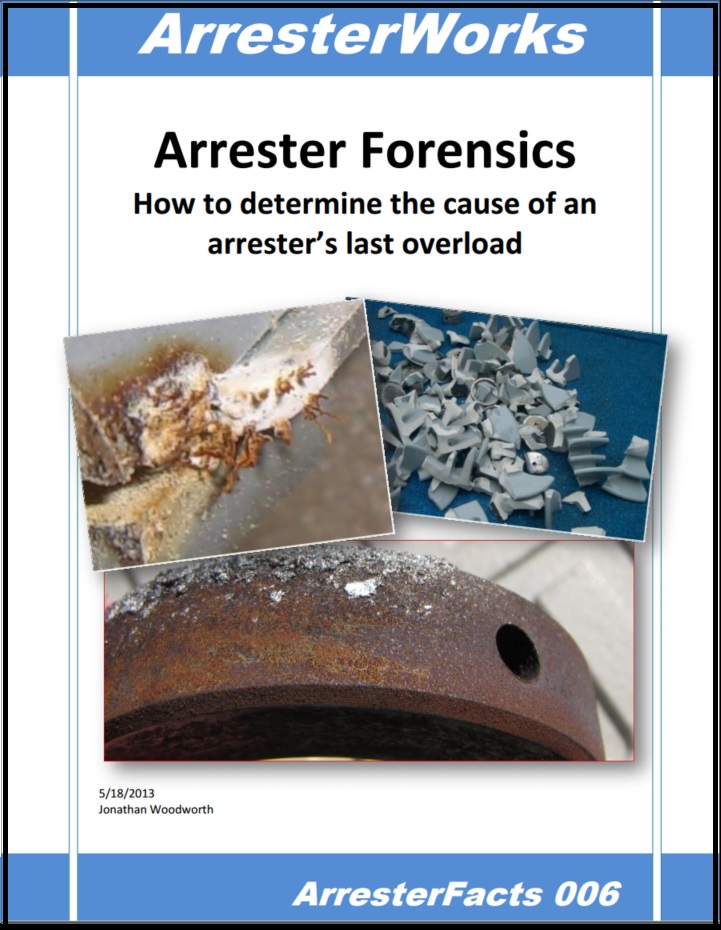
ArresterFacts 006 Arrester Forensics
A comprehensive overview of how to analyze a failed arrester to determine the root cause of the failure is covered.
|
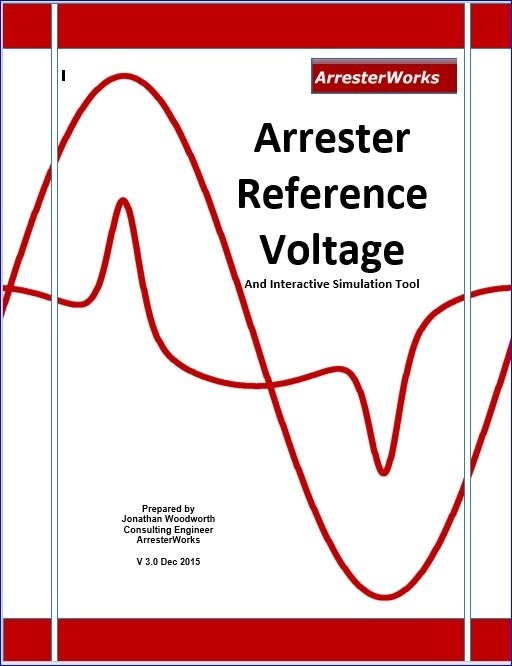
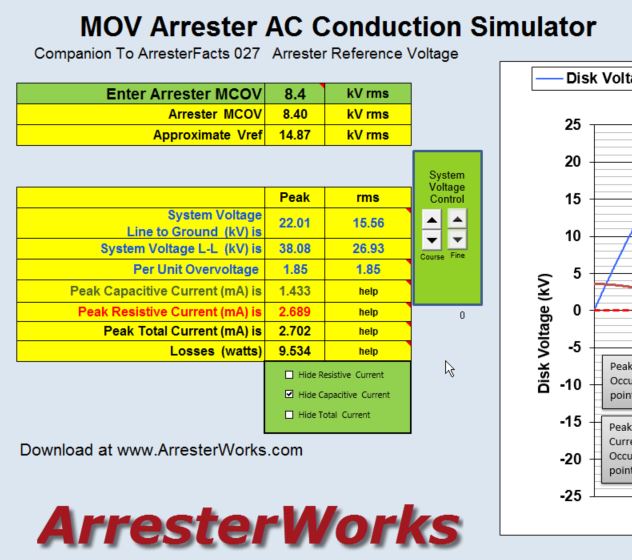
ArresterFacts 027 Arrester Reference Voltage
Explanation of the reference voltage of an arrester.
ArresterFacts 027.1 Excel Based AC Conduction Simulator found in Tools and Guides
ArresterFacts 027.2 Video explaning use of demo tool
|
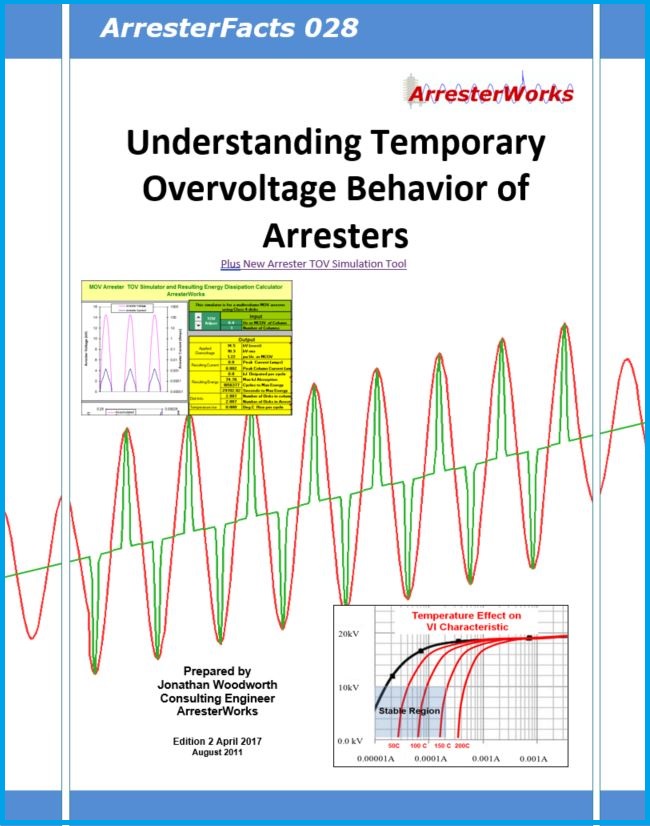
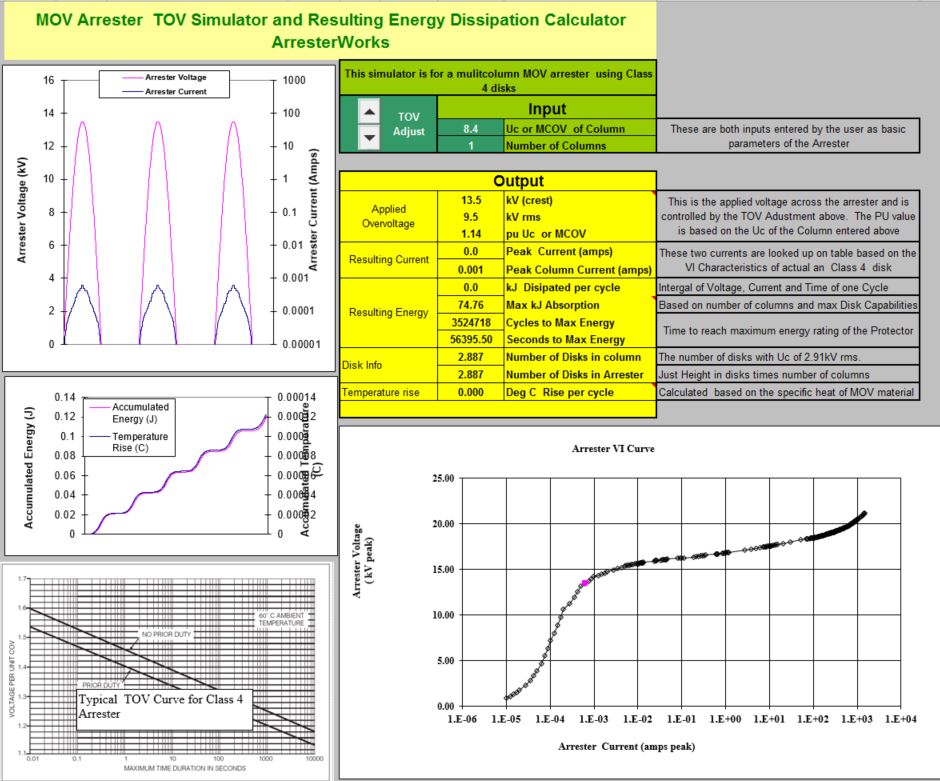
ArresterFacts 028 TOV Behavior of Arresters
TOV considerations when selecting an arrester.
ArresterFacts 028.1 Excel Based MOV Arrester TOV Simulator found in Tools and Guides
|
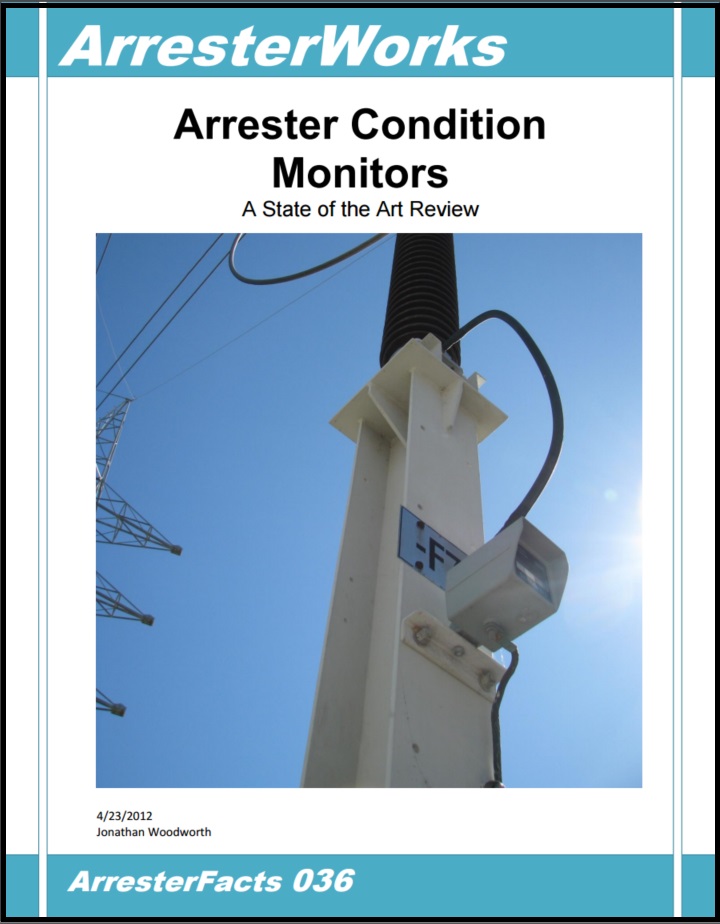
ArresterFacts 036 Arrester Condition Monitors
Overview on the purpose and value of arrester condition monitors
|
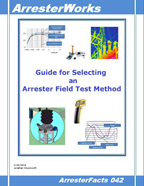
ArresterFacts 042 Arrester Field Test Method
This ArresterFacts offers guidance when selecting the method to test surge arresters away from the lab environment
|
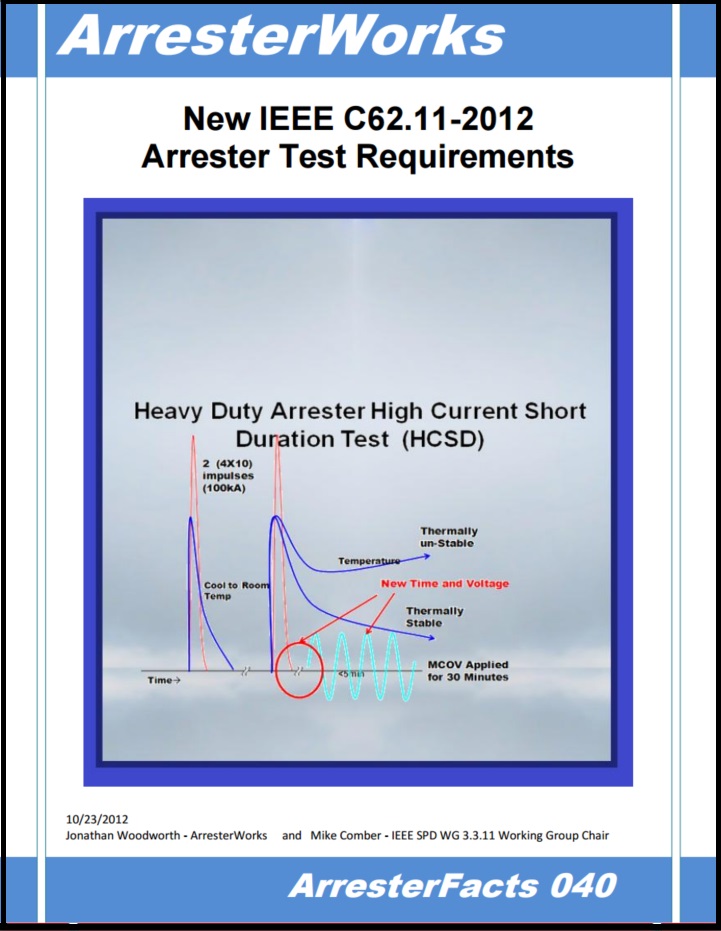
ArresterFacts 040 New Arrester Test Requirements in IEEE C62.11-2012
Topics Covered
1. New Energy Tests
2. Modified Duty Cycle Tests
3. Improved Discharge Voltage Test
4. Modified Disk Ageing Test
|









